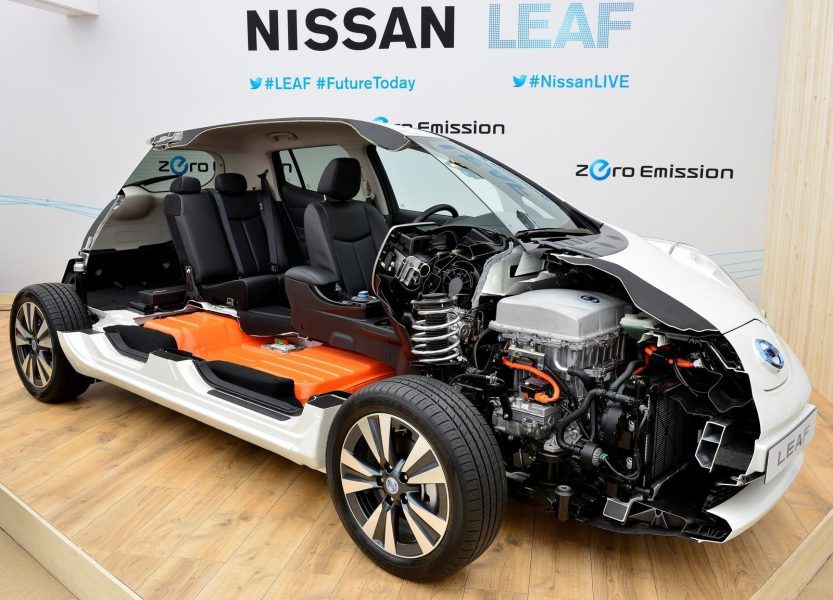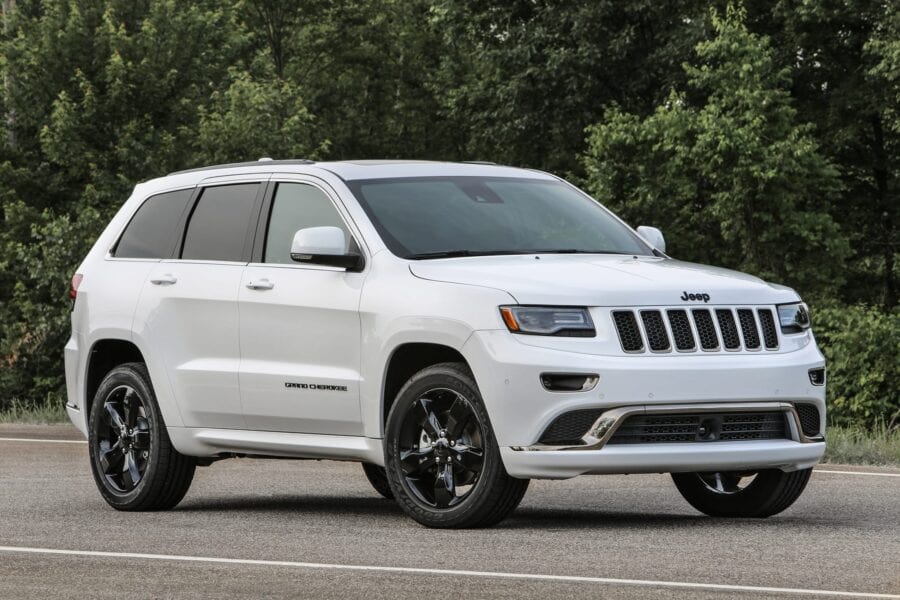
P213E Fuel Injection System Malfunction - Forced Engine Shutdown
Content
- P213E Fuel Injection System Malfunction - Forced Engine Shutdown
- OBD-II DTC Datasheet
- What does this mean?
- What is the severity of this DTC?
- What are some of the symptoms of the code?
- What are some of the common causes for the code?
- What are some of the steps for P213E diagnosis and troubleshooting?
- Related DTC discussions
- Need more help with your P213E code?
P213E Fuel Injection System Malfunction - Forced Engine Shutdown
OBD-II DTC Datasheet
Malfunction of the fuel injection system - forced shutdown of the engine
What does this mean?
This is a generic Diagnostic Trouble Code (DTC) and is commonly applied to OBD-II vehicles. Car brands may include, but are not limited to, Chevrolet / Chevy, Land Rover, GM, etc.
When code P213E was stored in the vehicle by OBD-II, it means that the powertrain control module (PCM) has detected a problem in the fuel injection system and the engine has been forced to stop. This code can be caused by either a mechanical problem or a malfunction of the electrical system.
Usually this code needs to be cleared before starting the engine.
Use caution when trying to diagnose any codes related to the high pressure fuel system. Follow the manufacturer's recommendations carefully and always use appropriate protective equipment. Open the fuel system only in a well-ventilated area, away from open flames or sparks.
The PCM relies on inputs from fuel pressure sensors, fuel volume sensors, and an electronic fuel pressure regulator to efficiently manage fuel delivery to the engine. In the event of an emergency shutdown of the engine, the fuel supply system is usually divided into two parts. The fuel delivery section includes the fuel pump (or pumps) and all delivery lines to the electronic common rail or direct injection lines. The fuel injection system contains the fuel rail and all fuel injectors.
Several fuel pressure and volume sensors can be included in this type of system.
These sensors are located in strategic areas of the fuel delivery system and are labeled with letters of the alphabet. For example, in a petrol engine, the voltage signal from the fuel pressure sensor (A) in the fuel delivery section will be compared (PCM) with the voltage signal from the fuel pressure sensor (B) in the fuel injection system. when the key is on and the engine is running (KOER). If the PCM detects a deviation between fuel pressure sensors A and B that exceeds the maximum threshold for more than the specified time period, the voltage to the fuel pump will be interrupted (the injector pulse can also be turned off) and the engine will be stopped. way down.
Diesel vehicle systems are configured slightly differently. Because the diesel injection system requires much higher fuel pressure levels in the fuel injection quadrant than in the fuel delivery quadrant, no comparison is made between the fuel pressure sensor and the fuel injection pressure sensor. Instead, the PCM monitors each fuel sector independently and shuts down the engine when a malfunction is detected. The fault area determines which code is stored.
In either case, if the PCM detects a degree of pressure deviation in the fuel injection system that requires stopping the engine, code P213E will be stored and a malfunction indicator lamp (MIL) may come on. Gasoline and diesel systems can also monitor the voltage of the fuel delivery components. These components typically include fuel pumps and fuel injectors. Each component is expected to draw a certain amount of voltage under a certain load.
If the fuel supply component in question draws excessive voltage at a certain percentage of maximum load, the engine can be stopped and code P213E can be stored. This type of system will also store an additional code that identifies a specific cylinder. When the PCM detects an overloaded component or circuit, P213E is stored and the service engine lamp will soon illuminate.
The fuel pump, one of the main components of the fuel injection system: 
What is the severity of this DTC?
Any code related to the fuel system should be considered severe and rectified immediately. Since this is a fuel cut-off code, you most likely have no choice.
What are some of the symptoms of the code?
Symptoms of a P213E diagnostic code may include:
- No trigger condition
- Fuel leaks
- Additional Driving and Fuel System Codes
What are some of the common causes for the code?
Reasons for this P213E code may include:
- Fuel leak near fuel injectors or fuel rail
- Defective fuel injector
- Defective fuel pressure sensor
- Poor fuel pressure / volume regulator
- PCM error or PCM programming error
What are some of the steps for P213E diagnosis and troubleshooting?
Tools required to diagnose the P213E code include:
- Diagnostic Scanner
- Digital volt / ohmmeter
- Fuel pressure tester with adapters and fittings.
- The source of reliable information about cars
Use your vehicle information source to obtain specifications and testing procedures for the fuel system and fuel system components. You should also find wiring diagrams, connector face views, connector pinout diagrams, and diagnostic diagrams to aid in your diagnosis.
You will need to clear this code before you can activate the fuel pump and perform a fuel system pressure or leak test. Connect the scanner to the vehicle diagnostic socket and get all stored codes and freeze frame data. Write down this information in case you need it later. After that, clear the codes and try to start the engine. If possible, have one person turn on the ignition key while the other looks for fuel leaks near the rail and fuel injectors. If a fuel leak is found, chances are you have found the problem. Have it repaired and drive the vehicle until the PCM enters ready mode or P213E is reset.
If no fuel system leaks are found, use a fuel pressure tester and follow the manufacturer's instructions for performing a manual fuel pressure test. You will need to connect a tester near the fuel rail. With the fuel pressure test results in hand, make the appropriate repairs and recheck the system.
If the fuel pressure is insufficient, suspect that the problem is in the fuel filter or fuel pump.
If the fuel pressure is excessive, suspect that there is a problem with the fuel pressure regulator.
If the fuel pressure is within specification and there are no leaks, follow the manufacturer's recommendations for testing the fuel pressure sensors, fuel pressure regulator, and fuel volume regulator.
- A defective fuel injector is not necessarily the cause of this code being stored.
- Diesel high pressure fuel systems should only be serviced by qualified personnel.
Related DTC discussions
- There are currently no related topics in our forums. Post a new topic on the forum now.
Need more help with your P213E code?
If you still need help with DTC P213E, post a question in the comments below this article.
NOTE. This information is provided for informational purposes only. It is not intended to be used as a repair recommendation and we are not responsible for any action you take on any vehicle. All information on this site is protected by copyright.

